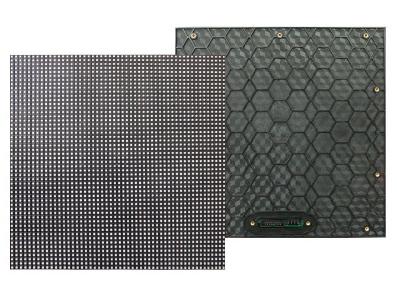source:other news release time:2023-08-16 Hits: Popular:led screen wholesaler

Since 2009, the concept of LED TV has become popular, and LG's latest LED TV has a thickness of only 6.9mm. Less than the thickness of a pencil, people are amazed by the progress of technology, and this credit should be attributed to LED. Here, it should be explained that the LED TV mentioned in the media should actually be called an LED backlight TV, because the backlight of an ordinary LCD TV is CCFL (Cold Cathode Fluorescent Lamp), and the LED TV should be replaced with an LED backlight. In the second quarter of 2009, Samsung's share of shipment volume in the US LCD TV market increased to 21.3%, a significant increase of 3.5 percentage points compared to the previous quarter. ISuppli TV system analysts believe that the increase in sales is closely related to Samsung's active launch and marketing of LED backlit LCD TVs. ISuppli estimates that 2.2% of LCD TVs shipped to the US market in the second quarter of 2009 used LED backlighting, compared to zero in the same period in 2008. ISuppli predicts that in 2010, the shipment volume of 40 inch and larger LED backlight LCD TVs will increase more than six times compared to 2009, from 2.5 million units in 2009 to 18.8 million units. For the prediction of future LED backlight televisions, although the predicted values of various research institutions may vary, it is certain that in 2010, LED backlight televisions are worth looking forward to, and more and more LEDs will be used for LCD TV backlighting.
The so-called LED display on the market is actually an "LED backlight LCD display"; The popular LCD display belongs to the "CCFL backlight LCD display". So these two are still LCD displays, but the backlight is different. Don't mistake LED displays for next-generation technology displays, as the latest technology is called OLED. Today, with the gradual penetration of environmental protection concepts, some environmentalists and brands have begun to emphasize the "mercury free" concept of LED panels. LED panels without mercury will be more energy-efficient and environmentally friendly, with a power consumption of only 60% of ordinary LEDs. Some display manufacturers have started using "mercury free" LED panels, such as Asus' recent MS series mercury free LED backlight panels, which have been favored by many users, not only saving energy but also being more environmentally friendly!
Read recommendations:
outdoor led screen modules Manufacturing
The method for selecting the optimal line of sight for LCD splicing screens.outdoor led electronic d